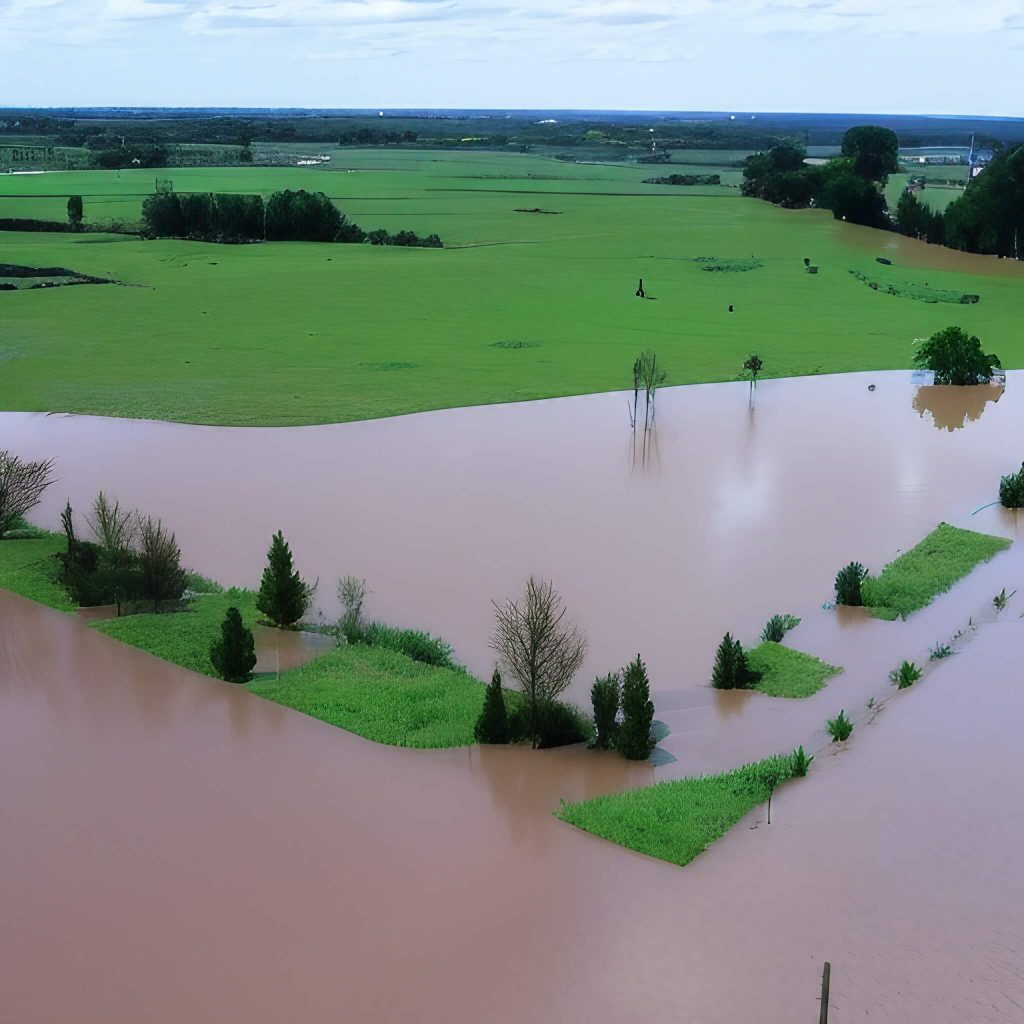Building On A Flood Plain What You Need To Know
Building on a flood plain can be a great way to get access to low-cost land, but it’s important to understand the potential risks and impacts of doing so. Flood plains have an increased risk of flooding since they are naturally prone to inundation, leading to water damage and potential risks for those living in the area.
Additionally, construction on a floodplain can change the local environment, potentially exacerbating flooding in neighbouring areas. For instance, building hard structures such as roads or dams can lead to decreased water storage capacity, increasing the chances of flooding downstream. Furthermore, constructing buildings on a flood plain can interfere with natural processes like sedimentation, which could ultimately increase flooding risks further downstream as well.
It’s important that people considering building on a flood plain take all these factors into account when making their decision. There are ways to minimize the environmental impact through careful planning and design practices; however, it is important to consider all possible outcomes before moving forward with any construction plans.
What is a flood plain?
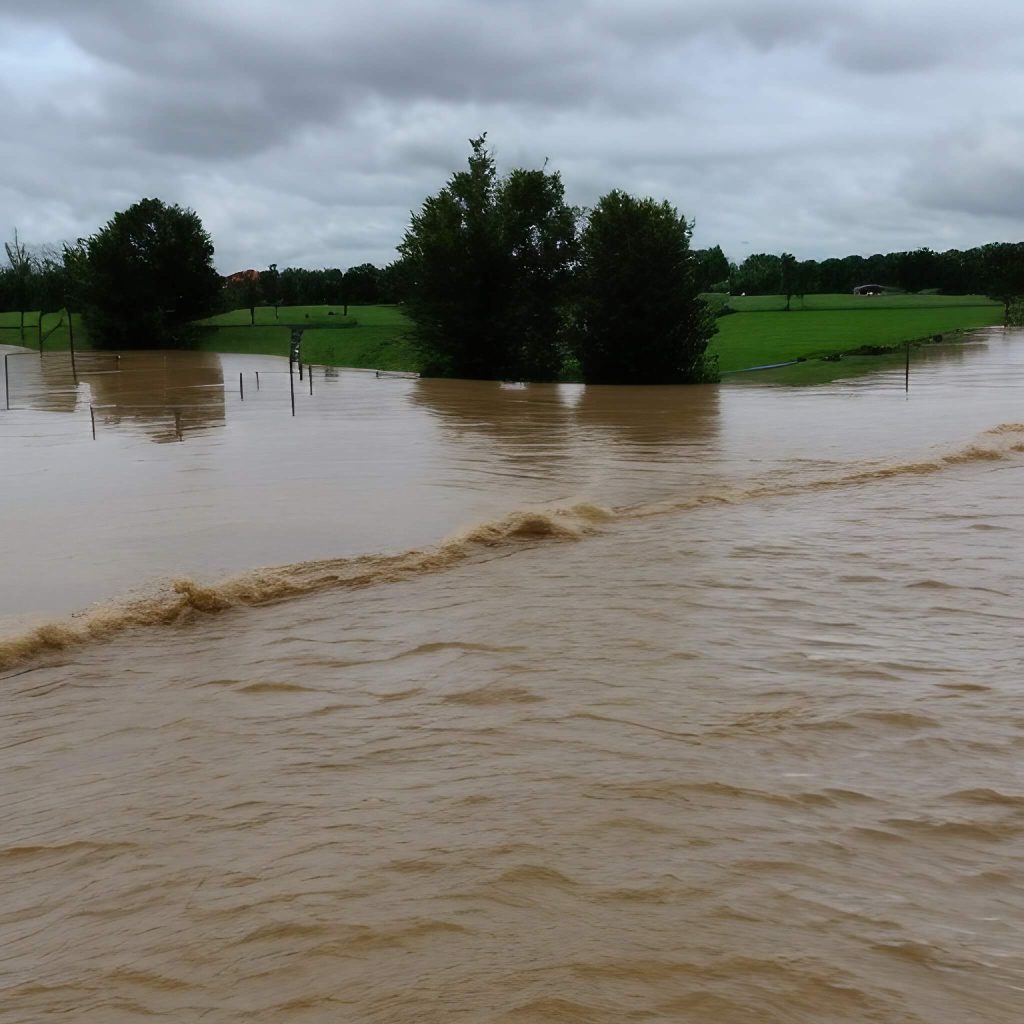
A flood plain is an area of land adjacent to a river or waterway that is susceptible to flooding during periods of high water. This flooding is caused by rainfall or snowfall that exceeds the capacity of drainage systems, causing water to flood the area. Flooding can cause soil erosion and damage ecosystems. In areas subject to flooding, it’s important to understand the risks of building in a flood plain and take steps to prevent flooding-related damage.
There are many types of flood plains, including levees, floodwalls, flood-control channels, and armouring. Each of these types of flooding differs in terms of risk and safety measures required. For instance, levees are constructed to contain floodwater and protect infrastructure from flooding. However, they can restrict access to emergency services and create environmental hazards for surrounding areas.
When planning to build in a flood zone, it is important to assess risk and take steps to mitigate it. That way, buildings can be designed to withstand flooding without placing occupants at risk of injury or death. You can find out if your property is located in a flood plain by assessing the risk level of your local environment and taking necessary precautions.
What are the risks of building on a floodplain?
– Flooding: Buildings on flood plains are at a greater risk of flooding due to rising water levels. This is because flood-prone areas tend to have more rainfall, which leads to flooding. The risk of flooding increases as the area develops, making it more prone to flooding.
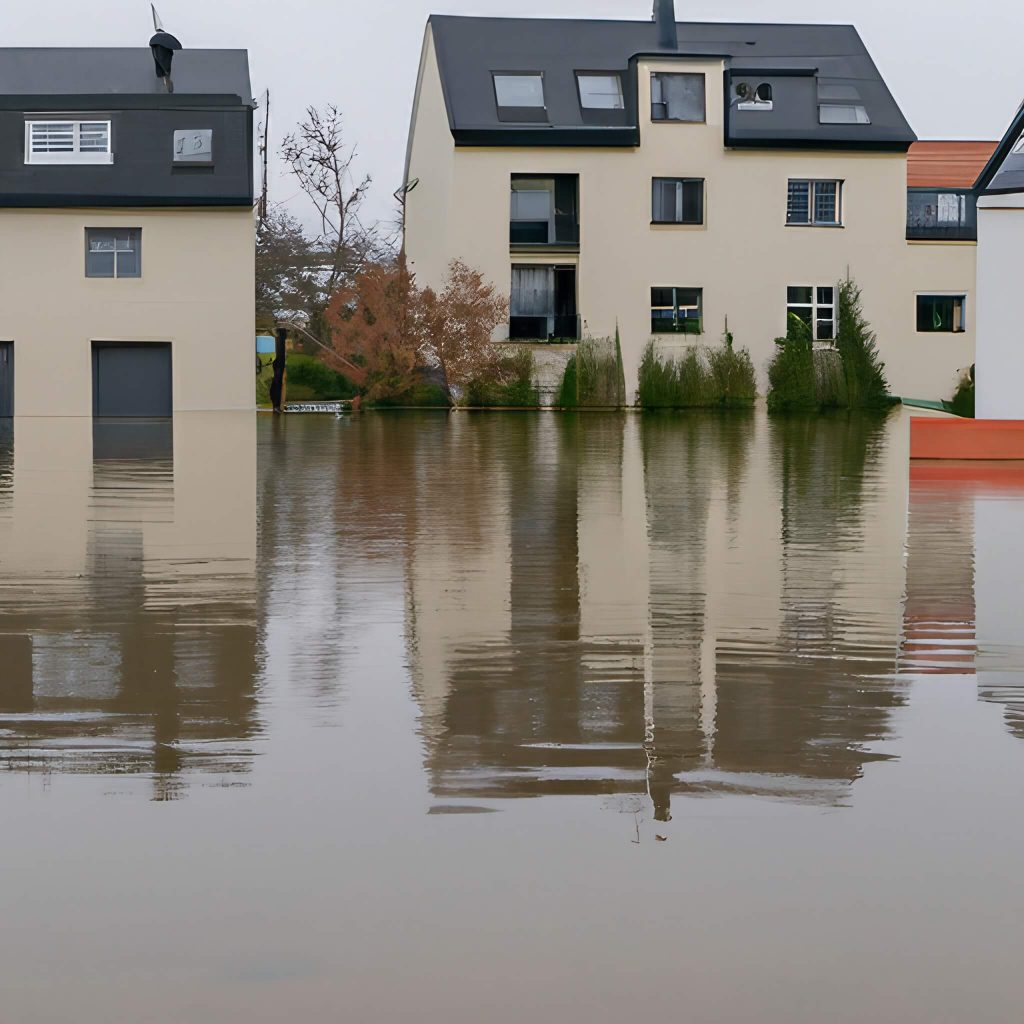
– Damage: Flooding can cause significant structural damage to buildings and their contents. This happens when floodwater floods a building’s foundation or when floodwater covers structures that are not elevated.
– Expense: Building on a flood plain may require additional insurance and building materials costs. This is because of the increased risk of flooding and the increased likelihood of water-damaged structures.
– Regulations: Building in a flood zone may have additional regulations and restrictions that must be followed. For example, building codes may require buildings to be built higher or farther from flood-prone areas.
Are there any advantages to building on a floodplain?
If you are planning to build on a flood plain, there are a few advantages to doing so. First of all, making on the higher ground helps reduce the risk of flooding. Because of this, property owners can save money on flood insurance and other protective measures for their properties.
Another advantage of building on a flood plain is that it allows water to flow through the area naturally. This helps improve water quality and the environment. There are also building codes and regulations in flood plains which outline how buildings should be designed and constructed, making it easier for residents to ensure their homes are safe from flooding without additional precautions.
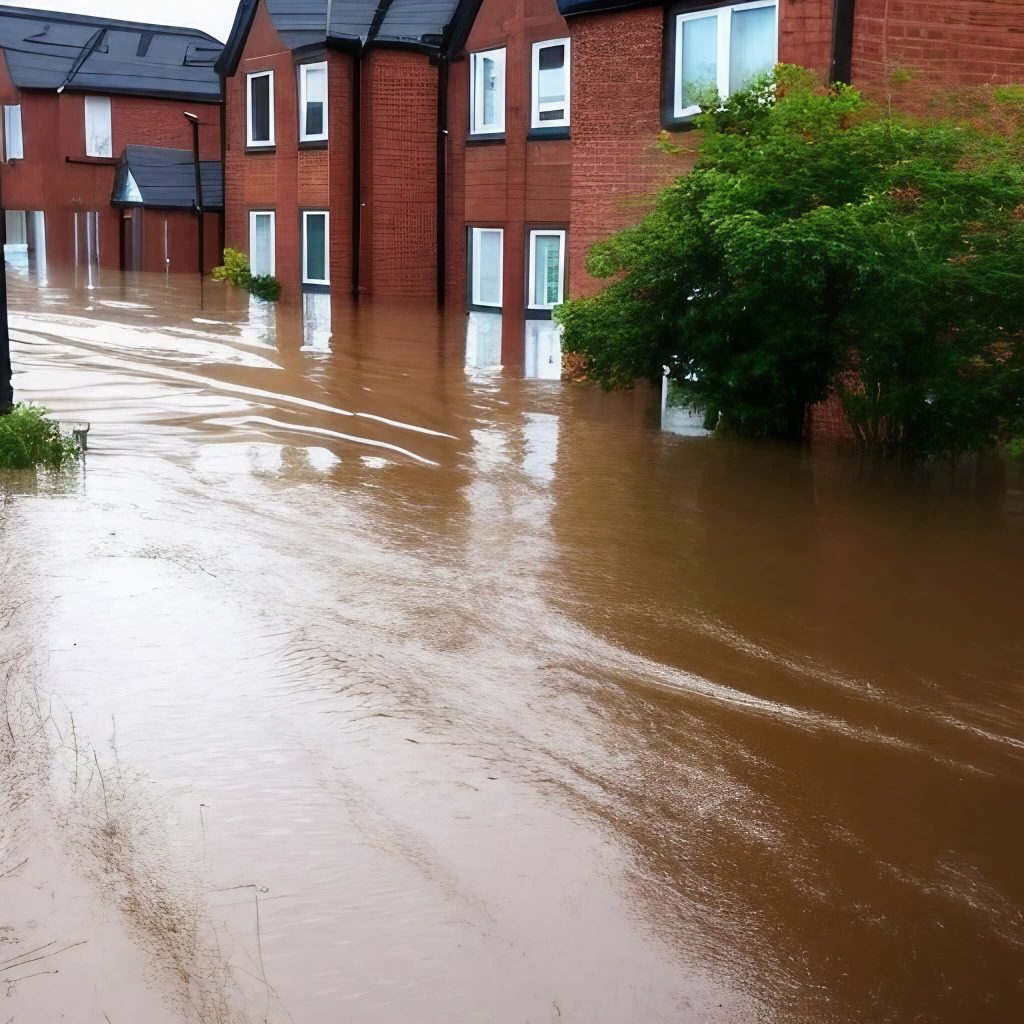
Finally, building on a flood plain allows residents to utilize special materials and construction techniques that help reduce the risk of flooding. For instance, using high-quality materials such as green standards or flood-resistant construction can help homes withstand flooding without damage or injury to occupants or surrounding areas.
What impacts will construction have on the environment of a floodplain?
Construction activities in floodplains can have a significant impact on the environment of the floodplain. Constructing new developments or buildings can change water temperatures and decrease oxygen levels, which can harm aquatic life and ecosystems. This also leads to changes in water quality, such as increased flooding of floodplain areas and harmful water pollution. Additionally, the construction of levees, dams, and other flood control measures can reduce natural river flows and alter water levels, causing flooding of nearby areas.
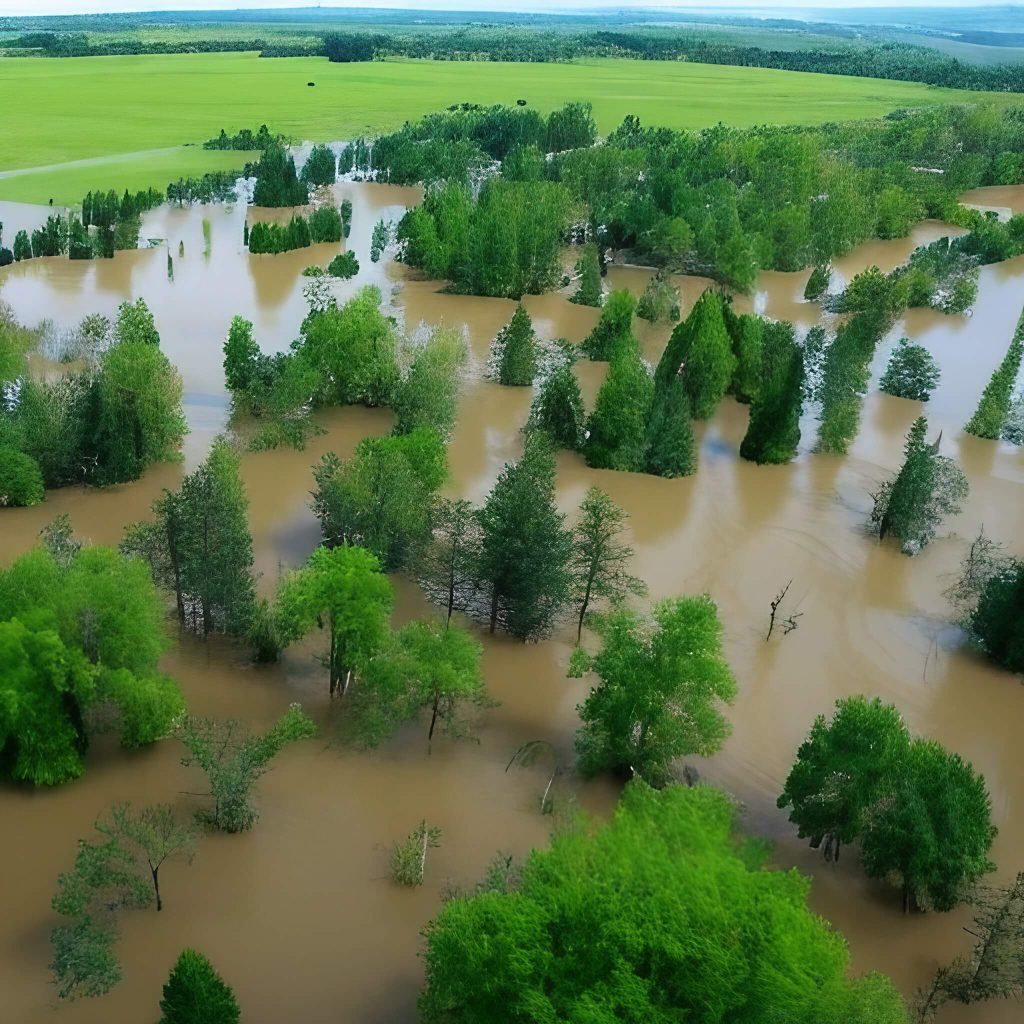
Levees, dams, and other flood control measures not only impact natural environments but also cause disruption to local communities that are affected by the construction process. Besides damaging the environment of flood plains, development on flood plains is also known to increase flooding risk for nearby people.
Such development often comes with a high risk of collapse, causing loss of life and property.
How the Kabina Matrix Method is Revolutionising the Way Homes are Built in the UK
The Kabina flood-adaptive method is designed to ensure that dwellings remain safe and secure during severe flooding events. The system consists of four key components, including buoyant foundations which provide support for the structure, a “Saxon Wall” (™) filter which helps shield the site from debris, steel piles which are anchored deep in the ground to keep them firmly in place even when submerged, and umbilical utility hook-ups allowing for uninterrupted access to green power, clean water and sewage disposal.
Together, these components combine to create a strong defence against floods of any magnitude.
Constructed according to long-proven methods, With such innovative features in place, homeowners can rest assured their property will remain safe and sound no matter how relentless the storm. Read more…
Conclusion
There are a number of things to keep in mind when building on a floodplain. For one, floodplain areas are usually subject to flooding and other natural disasters, so it’s best to be prepared for any outcome and always has an emergency plan in place. Additionally, floodplains have special environmental conditions that must be considered during construction. Protecting local wildlife and vegetation is also critical to ensuring the survival of the species living there. Last but not least, consider the vulnerabilities of people living in flood-prone areas during construction—their homes and lives are at risk too!

